Google blocks four apps from refreshing at 90Hz on the Pixel 4
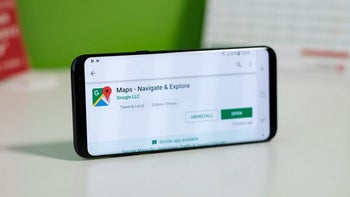
You might have heard by now that the displays for the Pixel 4 and Pixel 4 XL aren't set to stay on the 90Hz refresh rate by default. While Google doesn't want to begrudge its customers the feeling of silky smooth scrolling and exceptionally smooth video game animation, it does have some concerns. One is the battery life. Keeping the screen refreshing at 90Hz is sure to quickly drain the 2800mAh battery on the Pixel 4 and even the 3700mAh capacity battery on the Pixel 4 XL.
The second issue is the user experience. The refresh rate automatically drops back to 60Hz when the screen's brightness is set under 75%. That is because the Pixel 4 screens refresh at 60Hz when the screen is not being used, or showing animation running at 60fps or less. A tap of an idle display or faster running animation could quickly force the phone back into the 90Hz refresh rate setting, and this switch from 60Hz to 90Hz happens so often that an annoying flicker on the screen appears at lower brightness settings.
An Android commit that was discovered by XDA explained that human eyes are more sensitive to "flicker" at darker environments. By demanding that a Pixel 4 user have his screen brightness set at 75% or higher to enable the 90Hz refresh rate, Google is trying to keep him or her from seeing the flickering of the screen as the rate bounces back and forth between 60Hz and 90Hz.
At least four apps have been blacklisted by Google and will only run at 60Hz
Additionally, source code discovered by 9to5Google lists four apps that will not allow the screen to refresh at 90Hz. The four apps are Google Maps, Pokémon Go, Waze, and WeChat. Even if the user is running an app that normally can refresh at 90Hz, if Google Maps is running inside that app using picture-in-picture, the entire screen will refresh at the lower speed. With Pokemon Go, the animation in the game is capped at 30fps which means that enabling the higher refresh rate would be a waste of battery power. Google blames "poor performance" for not enabling 90Hz on WeChat
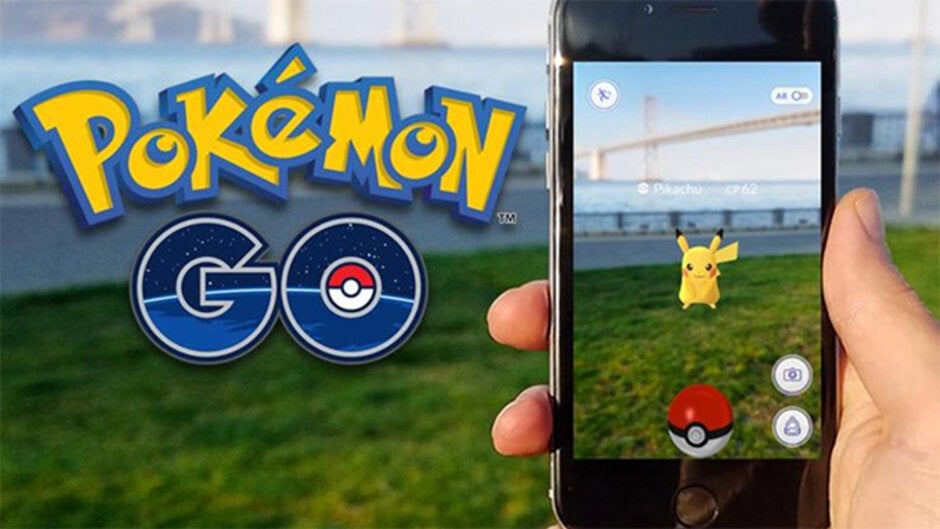
Pokemon Go is one of the apps that is blacklisted by Google and won't run faster than 60Hz
As we pointed out the other day, users can force the screen to stick on 90Hz by using the Developer options setting. To enable this, go to Settings > About phone and tap on the build number seven times. A toggle setting in Developer option will keep the screen at 90Hz, eliminating the flicker, but causing the battery to drain faster. Also, it isn't clear whether forcing the 90Hz refresh rate on any of the four blacklisted apps would enable the faster speed. And even if it did, you probably wouldn't notice any difference except in the case of WeChat which, according to Google, looks worse at the faster refresh rate.
Google did say last week that it will push out a software update that will allow the 90Hz refresh rate to be enabled when the screen is set at a brightness level under 75%. It also plans on pushing out an update that will add a setting to Face unlock allowing the user to demand that his eyes be open to unlock the phone with the feature. Without that option, a bad actor could knock a Pixel 4 user into unconsciousness and unlock his phone by putting the screen up to his face. In the same vein, someone with a Pixel 4 who is sleeping could have his or her handset unlocked by someone who puts the phone up to their face. Apple, by default, demands that an iPhone user be active with his or her eyes open in order to unlock the phone.




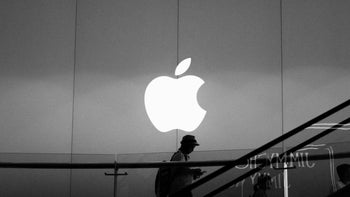
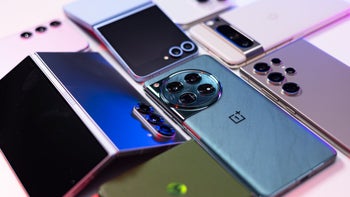
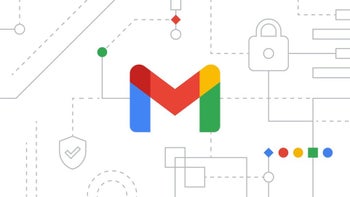
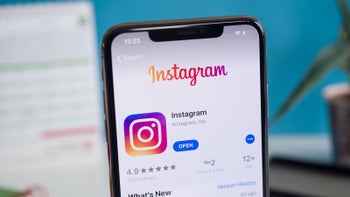

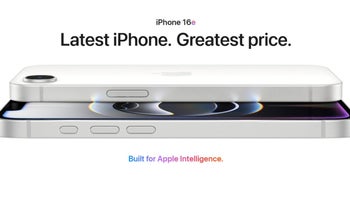
Things that are NOT allowed: